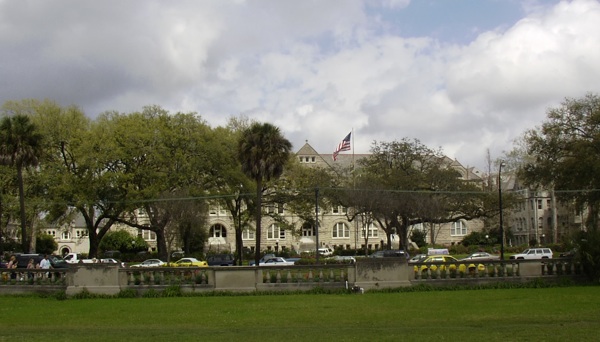So my sister (a visiting professor at Case [2016 UPDATE – she is now an Associate Professor of History at UNH]) sent me a link to a funny web-comic illustrating american collegiate architecture. This comic hits the nail on the head for a number of different styles of campuses across the country. Of course, because this is the media of a web-comic it only grazes the surface. One of the things that I have always found interesting about architecture is the ideas and concepts that a building can convey to the individual observer, and how institutions can co-opt these signs and signifiers to reinvent their identity and develop a new grammar of style. The other thing is that overtime the connotations of these buildings can get lost, and new un-trained observers start to create a new grammar of form. The interesting thing about this is that the untrained observations seem to have almost a viral growth factor. I think the best example of this from my experience is the original buildings on the campus of Tulane University. The oldest buildings are all ashlar limestone/marble in a Richardsonian Romanesque style, these buildings were the original natural science buildings on campus. Which makes sense because their stone skin evokes the classics and natural sciences which was the school’s specialty in the late 19th century. After a while the campus added two red brick buildings, which became the liberal arts and physics buildings. This makes sense based on the architecture as well, red-brick buildings/universities are associated with the new world and post-industrial society.
This language of buildings, which would have been evident to students 100 years ago, is lost on the population today. Instead, the student lead admission tours explain that these buildings don’t match the rest of the “front quad” because there was a mix-up in between Vanderbilt’s bricks and Tulane’s. This bit of canonical fallacy achieves a similar end result as the “real” reason – the University ends up claiming a piece of legitimacy as a liberal arts institution by comparing itself to a more prestigious school. As an interesting aside, this story of mixed up bricks (which would NEVER happen in real life and not result in a multimillion dollar lawsuit) seems to have propagated to so many different schools that it is hard to figure out where it started and how.
